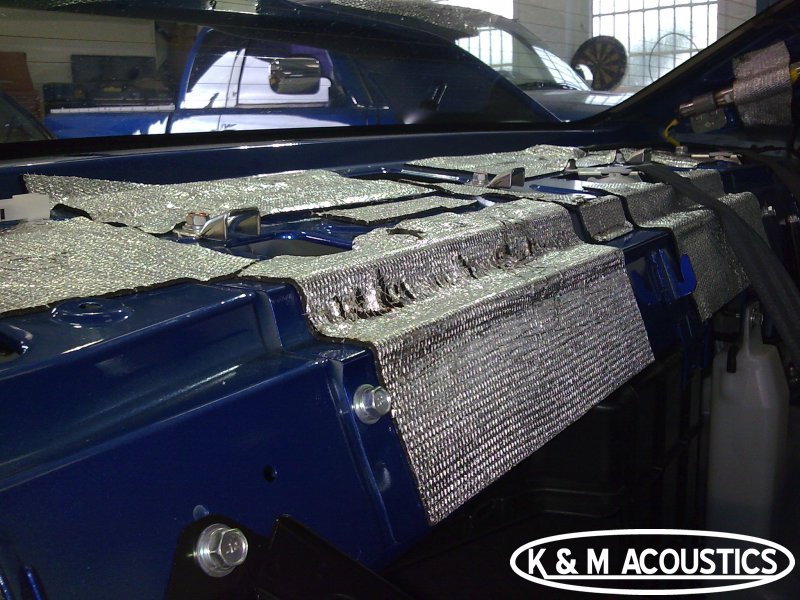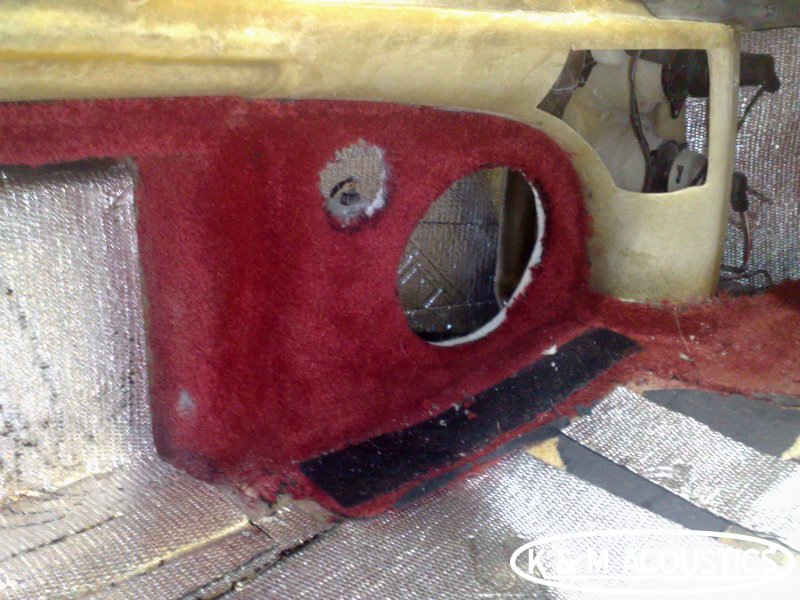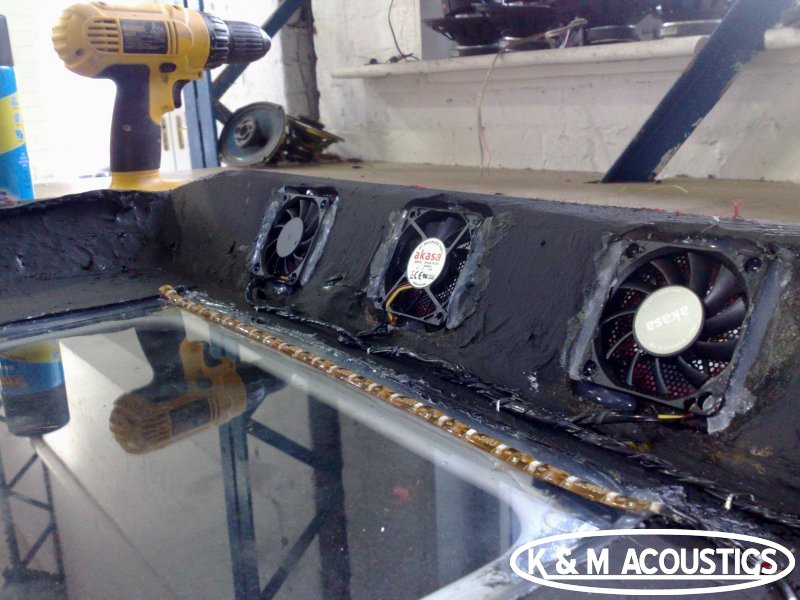Amplifier types
In the past, many people believed the Radio / cassette / CD player (Head Unit) bit of their stereo was the be all and end all of their hi-fi system.
Putting a “high power” head unit in was where more power came from.
Obviously the head unit has to fit in the dash, and when you think what is inside, radio tuner, C.D mechanism and all the circuit boards there is very little space for a decent amplifier.
The average car stereo has an amplifier which is about the size of a matchbox, this can’t possibly produce any real power – it’s just too small.
This is why when you turn up the volume; you get that distorted sound through your speakers. It’s the amplifier reaching its limit, turning things up more just produces poor sound.
Many people believe better speakers will make better sound, this may improve things a little but if you put distortion in you will get distortion out.
A “real” amplifier separate to the head unit which will make real power is what is needed to cure distortion and give great sound.
There are many amplifiers to choose from, here are some common types of amplifiers we work with:-
- Stereo Two channels Stereo amplifiers usually run just 2 speakers.
- Stereo (Bridgeable) As above but can comine all the power into 1 big single channel.
- Mono – Block Single channel, usually used for subwoofer(s)
- Dual – Mono Two single channel amplifiers in one case.
Gives better stereo separation – One amp per speaker. - 4 Channel Four channels, allowing four separate speakers to run
- 5 Channel Four channels for music speakers and one for subwoofers.
All of the above will have one of the following power supply types:
Class A Not used very often in cars due to the way they draw loads of power from the battery, even at low volume!
Class A/B Most common and practical as they draw power from the battery proportional to the volume.
Class D Built to use less power than normal A/B amplifier. But there is a trade off – read below.
What type of amplifier should I buy?
At K and M Acoustics we usually recommend a four channel class A/B amplifier as your first amplifier. This gives plenty of options to make your system sound great.
It is not uncommon for a good four channel amplifier fitted by K&M Acoustics to power front speakers, back speakers AND a subwoofer. This saves you money and leaves options to add to your system without selling anything.
Why do K&M not like Class D amplifiers?
Class D should be great for in car use as it draws less power from the battery; however there is a trade off. The control these amplifiers have over the speaker is less than a typical class A/B amplifier. As they are generally used as a subwoofer amplifier, you get sloppy sounding bass which is not quite in time with the music.
It has been noted they bring on listening fatigue which means you can’t enjoy your music for long periods without having a break.
The measurement of control is called “Damping Factor” and the greater this is the better the amplifier can start and stop the connected speakers or subwoofer.
Most Class D amplifiers have quite low damping factors and this gets worse with lower impedance loads, which is exactly where maximum power is obtained.
So why would I buy anything other than a 4 Channel?
K&M Acoustics have found using a four channel amplifier to run a full sound system makes great sense from a value for money point of view. Running everything through the amplifier and nothing from the head unit, gives great sound quality and no distortion.
Although it does have a slight draw – back. To make everything work from a four channel amplifier we join the front and rear speakers together this is still stereo but there is no fade (its like fader is in the middle all the time)
If the back speakers are bigger and better than the fronts, we can’t optimise them without affecting the fronts.
The solution?
There is only one thing better than one good amplifier…….
Two good amplifiers!
Start with a good four channel amplifier running everything, and then add another amplifier to complete the system. This makes the music sound loads better as each speaker can be optimised having a channel each, along with the extra bass from any larger speakers you may have. The second amplifier will usually give more power to the subwoofer so that will sound loads better giving a more solid and controlled response.










Leave a Reply
You must be logged in to post a comment.